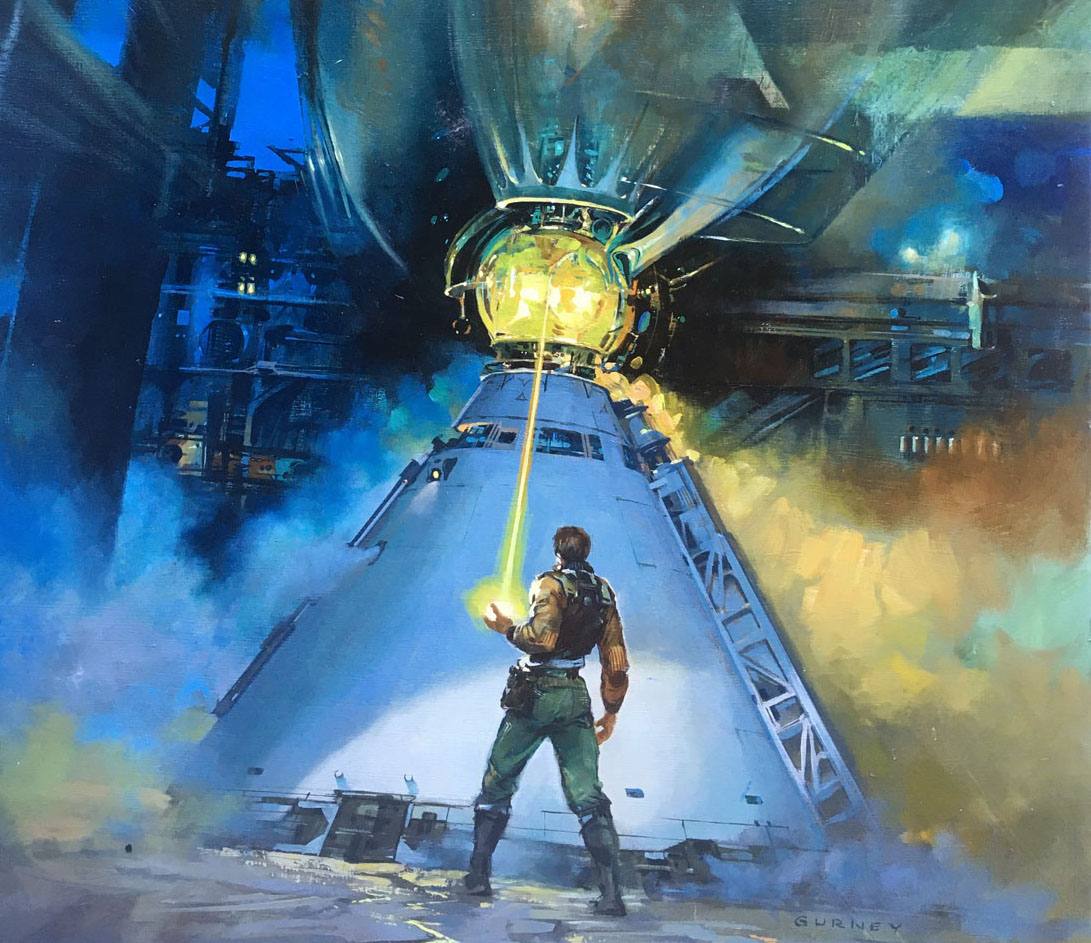Mind the Power Position
Nancy Kress on How to End a Paragraph
by Jack WindeyerHave you ever read a story that pulls you forward through the narrative seemingly without effort? Each paragraph pushes your attention forward, like a well-timed paddle from an olympic rowing crew. For me, the writer who best exemplifies this is Octavia Butler. Even if I’m rereading a story of hers to study how it works, I get lost in the plot and end up reading the final line before I know it. How does an author learn to do that?

In her book, Beginnings, Middles & Ends, Nancy Kress explains that
the last sentence of a scene, just before the scene break, is the power position (just as the last word in a paragraph is a power position, and the last line of a chapter, and the last paragraph of a novel). Make it count. The closing sentence of a first scene should evoke some emotion—not blatantly, but through a telling detail that means more than just itself.
So, every paragraph’s end is an opportunity to re-engage your reader, to keep them interested. Easily said, but how does this look in action? Let’s take a look at a couple of examples. Take, for instance, a single, long paragraph from Becky Chambers’s novella titled “A Psalm for the Wild-Built.”
A forest floor, the Woodland villagers knew, is a living thing. Vast civilizations lay within the mosaic of dirt: hymenopteran labyrinths, rodential panic room, life-giving airways sculpted by the traffic of worms, hopeful spiders’ hunting cabins, crash pads for nomadic beetles, trees shyly locking toes with one another. It was here that you’d find the resourcefulness of rot, the wholeness of fungi. Disturbing these lives through digging was a violence–though sometimes a needed one, as demonstrated by the birds and white skunks who brashly kicked the humus away in necessary pursuit of a full belly. Still, the human residents of this place were judicious about what constituted actual necessity, and as such, disturbed the ground as little as possible. Careful trails were cut, of course, and some objects–cisterns, power junctions, trade vehicles, and so on–had no option but to live full-bodied on the ground. But if you wanted to see the entirety of a Woodland settlement, the direction to look was up.
One of the keys to this paragraph’s success lies in the very last sentence. There is a shift that happens. Everything that has just been described at ground level is now seen from above, raising the question “what does the actual settlement look like?”
Imagine that you’re in bed, about to fall asleep, and you think to yourself just one more paragraph. There is no way you could put it down after that sentence. Chambers leaves the reader no choice but to continue on, which is what you should strive for in your own writing.
Another example can be spotted in Octavia Butler’s short story Blood Child. In this paragraph–near the beginning of the story–the narrator is describing his relationships with a member of an alien species that controls Earth.
When I was little, and at home more, my mother used to try to tell me how to behave with T’Gatoi–how to be respectful and always obedient because T’Gatoi was the Tlic government official in charge of the Preserve, and thus the most important of her kind to deal directly with Terrans. It was an honor, my mother said, that such a person had chosen to come into the family. My mother was at her most formal and severe when she was lying.
Here, too, there is a shift in the final sentence. As Chambers did, Butler withholds a key piece of context until the very end of the sentence, reframing everything that was said before. And, like the previous example, this one also raises a question: “what part of that was a lie?”
I think that’s a good way to think about the power position: leaving the reader with a question or giving them a reason to continue reading.